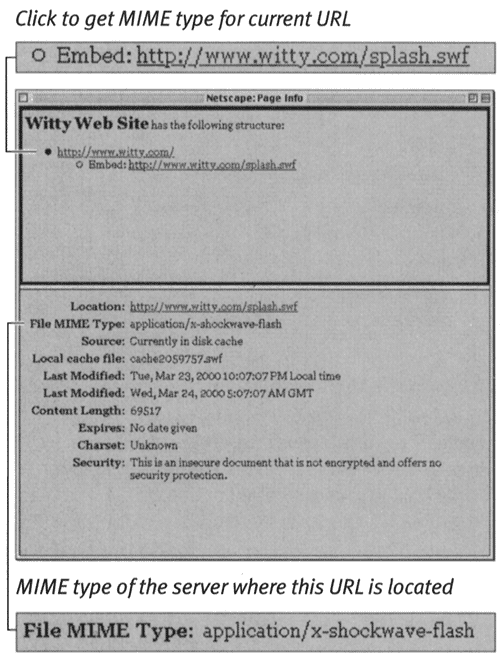Setting MIME Types on Your Server
| I l @ ve RuBoard |
| For browsers to recognize and display Flash files, the server that delivers the Flash Player (.swf) files must tell the browser what type of files it's serving. This information is called the MIME type . The intricacies of server administration are beyond the scope of this book, but this section provides a basic description of the MIME types and the Flash suffixes to add to your server's configuration files. (Check out the Macromedia Flash Support Center at / www.macromedia.com/support/flash for technical notes about setting MIME types on specific servers.) To identify a MIME type: To update your server's configuration files, do one of the following:
To set additional parameters for Macintosh servers:
|
| I l @ ve RuBoard |
EAN: 2147483647
Pages: 243
